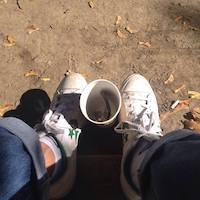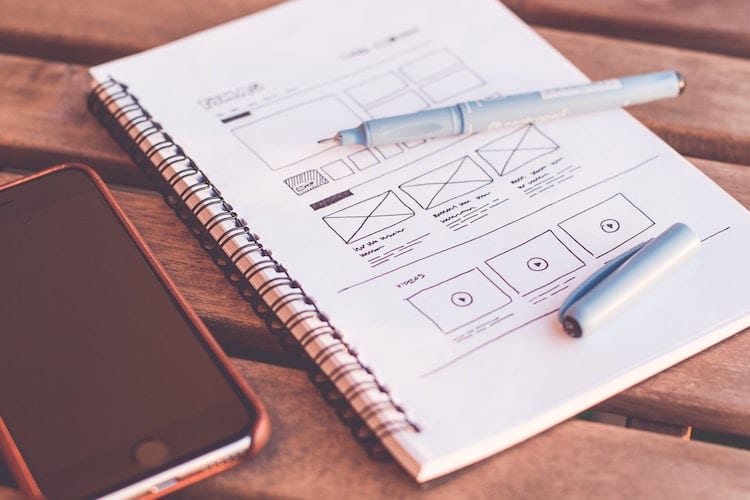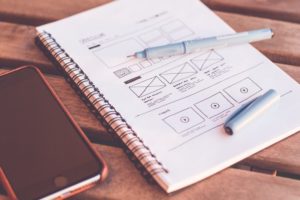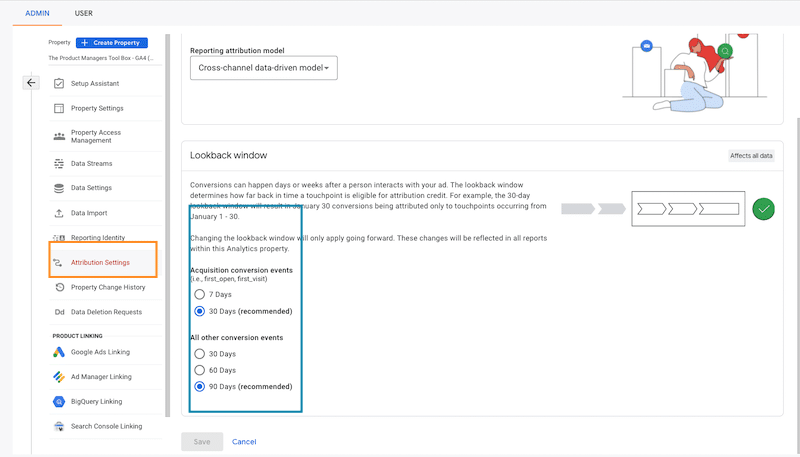There is probably a profitable business in selling tickets to the weekly product designer vs product manager pissing content. And while I enjoy the entertainment value of drama at someone else’s expense, I feel we have a larger responsibility to you, our readers, other than taking bets on the fight.
Also be aware that the nature of this tension will change depending on the size of the company and the depth of the product management and design teams. At smaller companies, product managers take on many of what would be considered product design responsibilities, while at large companies, they become more like business managers/executives.
So with that said, let’s learn compare the roles of product designer vs product manager, so we can minimize the office friction and paper cut wars. Know this though, you need internal tension and stress to grow strong as a company, so if there aren’t tensions between product management and product design, it is probably indicative of bigger issues at your company.
Product Designer Vs Product Manager: Who Does What?
No one really goes to school to be a product manager more than anyone goes to school to be a CEO, at least they shouldn’t. (As an aside, anyone who claims the product manager is the CEO of the product suffers from both a poor sense of self esteem and understanding of what a CEO does, especially the requisite level of psychopathy).
Ideally, a product manager should have some experience in one of the disciplines that feed into product management, as it gives them a foundation of domain expertise upon which to build. One of those disciplines is product design, so as a product manager, its worth diving in to learn what does a product designer do, especially if you have never done the job yourself.
So What's With The Product Designer vs Product Manager Tension?
In short, it’s because many times, each assume they can do the other’s job better.
Many product designers have their eyes on a product manager position for the next career move and may feel that they are better suited to the position than the current product manager due to their experience in understanding how users interact with products, and then coming up with a solution to facilitate the ease of interaction. Typically, this involves the creation of user scenarios, wireframes, and design layouts.
While this deep dive into product experience gives the product designer a view into the world of product management, it’s not the full view of a product manager’s role.
A product manager is a player/coach, They handle somethings directly and delegate others to more specialized professionals.

- Leading the the product roadmap process, the creation and validation of the product hypothesis and the product requirements document gathering process.
- Owning the product requirements document.
- Facilitating cross-team communication.
- Fighting for the budget to get the product built.
- Delegating solution design and building, which includes delegating the user-experience strategy.
Sources of Product Management and Product Design Tension
In my experience, the source of tension arises from three interrelated factors:
- Delegation: It’s the point of delegation that usually causes the product designer vs product manager conflict. While product designers do some user research and contribute to the hypothesis validation and product requirements (design is tactical in meeting requirements) , they own the user-experience strategy, but there is some overlap.
- Job Function Overlap : This is a large amount of overlap between the two roles as depending on a myriad of factors, both could be handling:
- User research
- User scenarios
- Use cases
- Lo-fi sketching and flows
- Whiteboarding
- Limited Views of The World: Both product managers and product designers have limited views of their respective worlds due to information asymmetries
- Product managers work with every team to push the product live and balance competing needs; Much like how a product manager doesn’t have insight into the nuances of every aspect of product design, product designers do not usually have the 360 degree view of product that a product manager has.
- This often results in a product manager making decisions that other less informed stakeholders, like the product designer, do not have the context needed for understanding, resulting in someone in the product designers role labeling the product manager incompetent and assuming they should be filling the product managers job themselves
- While product manager is an educated design consumer, the product designer is the subject matter expert, so if the product manager doesn’t deliver criticism properly, and has conflicting opinions about design, this contribute to the product designer vs product manager tension.
- Product managers work with every team to push the product live and balance competing needs; Much like how a product manager doesn’t have insight into the nuances of every aspect of product design, product designers do not usually have the 360 degree view of product that a product manager has.
Product Management: Working with Designers
During the identification phase of the product development lifecycle, product managers are pretty hands on operators, doing things like opportunity identification (duh!). As the project shifts into product and solution design, the level of hands on activity transitions from being rather intense during requirements gathering to becoming more hands off as you start to work with product designers.
In order to make you a better leader when working with design, its important that you understand:
- The design process
- User experience design
- How to manage the relationship with design
Understanding The Design Process
Managing “something” without knowing what “that” something “is”, is pretty stupid if you ask me. So rather than leave you in the dar, we’ve broken out the product design process explicitly, so you can print out the post and hide it in your office to use as crib notes when chatting with designers in order to save yourself from looking like the design dunce.

User Experience Design
When you take a step back, you will realize that user experience design (and the absence thereof sometimes) is involved in everything you do as it relates to the way you experience the world. User experience design is thinking of how users can interact with different systems as a means of solving a problem, and then coming up with a solution.
In the past, user experience has been limited to the creation of user scenarios, wireframes, and design layouts, but it really boils down to influence both the physical and emotional interaction between the user and the interface. How do people feel before, during and after using your product.
It goes without saying that understanding of user experience design must be incorporated into the product development lifecycle.
Managing the Product Designer/Product Manager Relationship
Its pretty obvious that product designer and product manager have a certain amount of overlap, but be aware, this sort of overlap isn’t exclusive to the product management domain (try talking to developers about being full stack vs front end vs back end). As we have mentioned, this leads to a certain amount of healthy tension due to overlap and redundancy.
While unclear job roles are unproductive, the job overlap is a nice way to motive employees to perform at their highest levels out of a slight amount of fear that someone will steal their job.
Just because its Machiavellian doesn’t make it wrong 😉
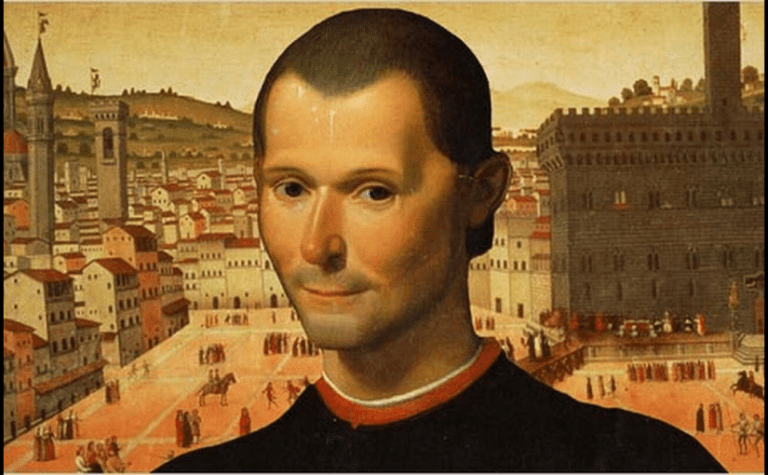
Who do product managers do?
In many smaller organizations, the functioning of the product manager blurs into that of what a product designer would do in a larger organization. In a larger organization, product managers:
- Organize the development process and resource to achieve business goals.
- Perform market and competitor analysis,
- Develop and validate the product hypothesis
- Organize and prioritized the work of product designers and developers
For product managers, managing the relationship with product design comes down to two factors
- Knowing how to delivering feedback
- Dividing up “ownership” of who represents the customer
Delivering Product Design Feedback
During each phase of the product design process (if you read the article, you’d have a clue as to what you are talking about), you will be giving feedback on a range of design activities and it is this feedback, that can become another friction point if not handled properly.
While over all, the key to communication is being able to understand the other party’s perspective on things, you do need to take a structured approach to delivering feedback
The best way you can form an opinion on the output of your product designers is by using a framework with specific criteria and then looking at how the design meets those elements.
A simple design evaluation criteria should include:
- Does this design let the customer achieve his goal with the least friction possible?
As you evaluate a wireframe and imagine using the product step by step or use a prototype, are you able to accomplish the key tasks the product promises?
- Does the design ask for irrelevant information or require complex actions that prevent you from achieving your goals.
Applying this simple criteria allows you to provide useful and actionable feedback to a product designer who asks for your input.
Dividing Customer "Ownership"
The biggest source of conflict is that both product and design feel like they represent the customer. Both groups do represent the customer, just in different ways.
How Product Managers Represent The Customer
Product managers think about the big picture, product hypothesis validation and about organizing resources to build the product
How Product Designers Represent the Customer
Product designers represent the customer by designing the solution for the customer.
Where Customer Ownership Gets Blurry
As company’s grow from start ups to mature businesses, it’s easy for product managers, especially those who have been around for a while, to believe they represent the target persona as they do not evolve into the requirements of their new job responsibilities.
The end result is that these “start up product managers” often ignore the details of the personas, frustrating to designers resulting in the micromanagement of every decision design can cause friction between product managers and product designers, too.
Additionally, as product managers bear ultimately responsibility for the success or failure of the product, their anxiety can manifest as micromanagement of the product designers.
The Product Manager's Guide To Building Trusting Relationships with Product Designers
So how do you build a constructive relationship with the design team?
Well the typical milquetoast response is to get to know the team by building individual relationships with the people you work help you respect each other as people and deal with conflict more productively.
Well, that response and $2.50 will get you a coffee at Starbucks.

The real way to build trust with product designers is by becoming an informed consumer of design so you can ask intelligent thoughtful questions, offer meaningful feedback rather than questions that evoke an eye roll and thoughts of “Did they really just asking that stupid of a question?” Consider doing some or all of the following:
- Learn something about design: You don’t need to be an expert, but you should be able to talk about why you think a product is well-designed or not. If you wre working in software, learn common design patterns and accepted layouts for functions like search, settings, and more, especially for different platforms.
- Learn how to ask good questions: Ask why the designers made certain choices, or if the team’s thought through all the implications of the design and discuss the pros and cons of each idea beyond just if it’s a good design or not
- Understand the implication of your requests
- Don’t overstep your bounds, as product manager, your job is to give requirements and constraints along with success criteria. Let Design and Engineering find the solution.
- Give clear:
- Personas
- Requirements
- Goals: Remember, as a product manager, user metrics are your friend.
- Designer
have raging inferiority complexesare territorial about UX sketches, so when you sketch out a UX, make clear to others that this sketch is just to convey what you mean, not to imply design answers.
